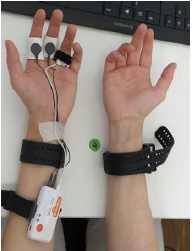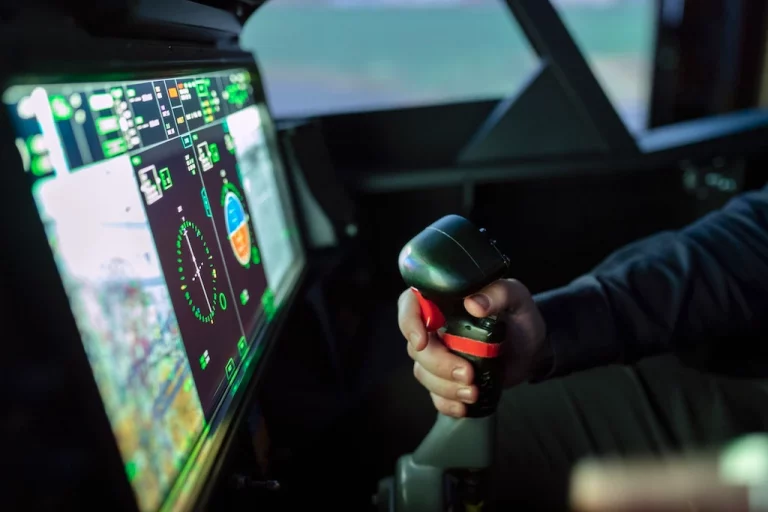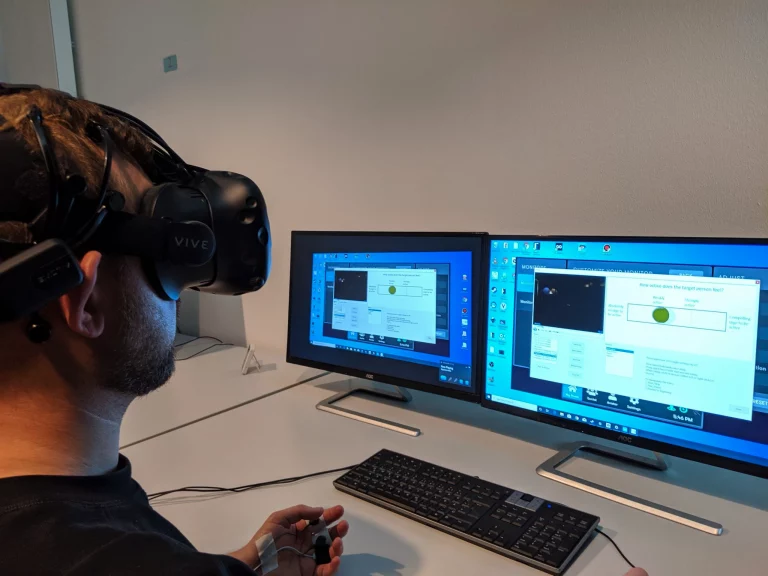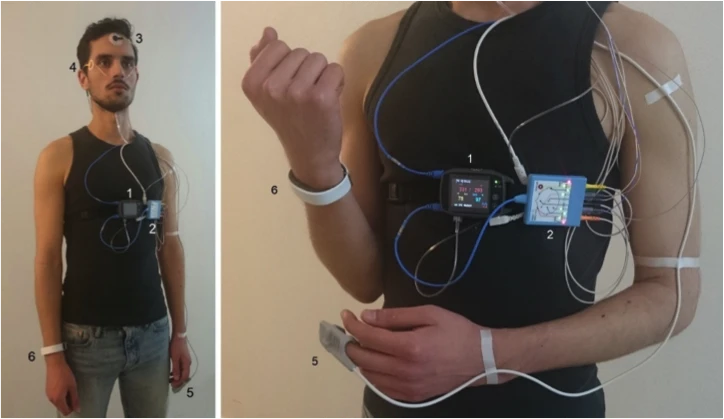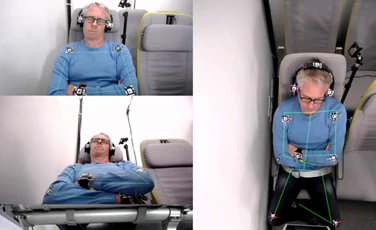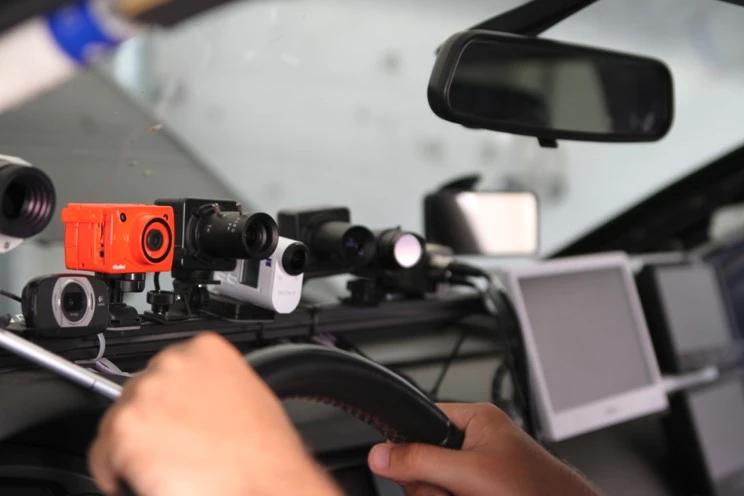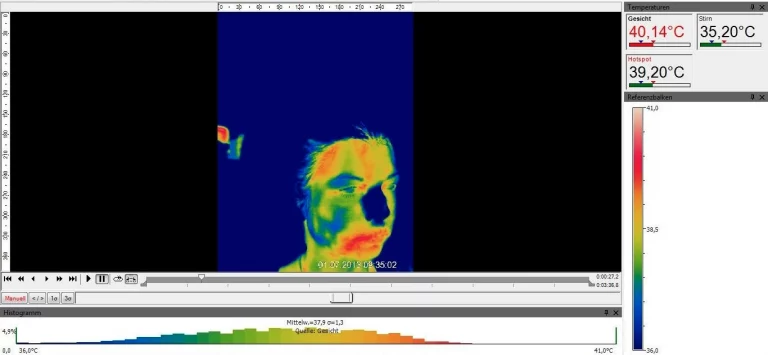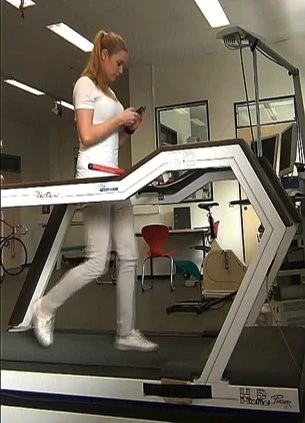
Psychophysiological Data Collection With Motion Artifact Evaluation
Investigation of disturbance in signal quality of physiological sensors induced by muscle activity
Project Justification
Human cognitive and emotional processes are accompanied by (peripheral) physiological changes such as the release of hormones and activation or inhibition of the sympathetic nervous system. A major challenge when using physiological measurements lies in the reliable and interference-free assessment of data. Electrophysiological signals recorded by sensors attached to the body are highly susceptible to signal interferences such as muscle activity or sensor movement. Consequently, it is important to consider these (mainly) motion artifacts in the development of physiological measurement devices.
Our Approach
In previous studies, multiple psychophysiological signals were collected with participants who performed standardized movement and affect inducing tasks under laboratory conditions. Commercially available sensor systems and self-developed prototype devices for the psychophysiological measurement of electrodermal activity (EDA), photoplethysmography (PPG), electroencephalography (EEG), and Laser Doppler flowmetry (LDF) were evaluated.
Insights and Outcomes
A dataset was build including a bunch of possible motions artefacts distorting electrode measurements. These artefacts include speaking, choking, chewing, various facial expressions. Building on these extensive dataset, artefacts can be easily detected and removed.
Related Projects
Psychophysiological data collection (EEG, EDA, ECG)
A predictive modelling techniques and pattern recognition-based approach
Long-term psychoneuro-endocrinologic evaluation of a chronobiologically adapted light system
Evaluation of multiple fatigue intervention systems
Multimodal physiological measurements of mental workload for evaluating ADAS
Developing of emphatic dialog systems: an EU-Japanese collaboration

